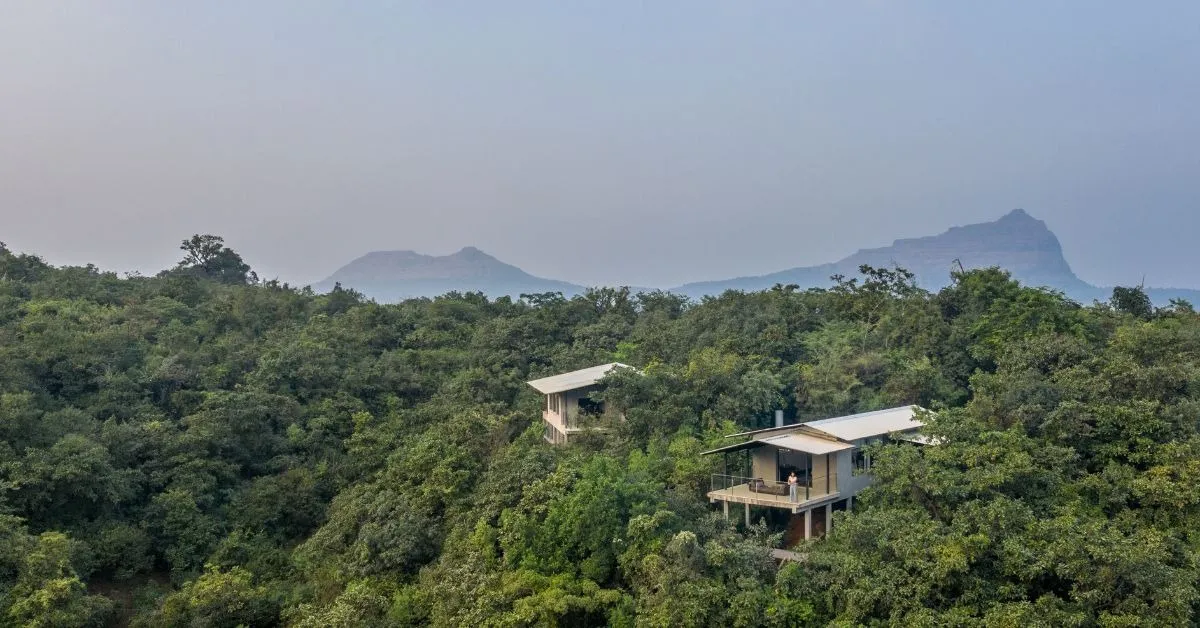New Delhi: Fresh satellite imagery has revealed new signs of China’s military expansion near the Line of Actual Control (LAC), with at least two fortified missile bunkers constructed close to Pangong Lake in the Tibet Autonomous Region. The findings point to a sustained effort by Beijing to consolidate its air defence network along one of the most sensitive stretches of the India-China frontier.
According to geospatial intelligence reviewed by The War Zone, the first installation has been identified in Gar County, while the second lies near the eastern edge of Pangong Lake (an area that has witnessed multiple skirmishes between Indian and Chinese troops in recent years). Both sites are located within China’s western Tibet region, close to India’s forward military positions.
Analysts believe the new facilities are designed to house China’s HQ-9 long-range surface-to-air missile system, a key component of the People’s Liberation Army’s (PLA) integrated air defence network. The HQ-9, derived from Russia’s S-300P series, is mounted on truck-based launchers and capable of engaging multiple aerial targets, including aircraft, drones and ballistic missiles.
Satellite photographs reviewed by Allsource Analysis show the presence of reinforced concrete bunkers with retractable roofs, a feature commonly used to conceal and protect missile launchers. In some frames, the open shelters appear to contain objects resembling the HQ-9 transporter-erector-launchers (TELs).
Captured between August and September by Planet Labs and later corroborated by Maxar Technologies in September, the imagery indicates that both sites remain under construction. Each facility appears to include ammunition depots, vehicle shelters, underground command centres and accommodation for personnel, suggesting a permanent operational base rather than temporary deployments.
Experts cited by The War Zone are of the view that the bunkers could significantly extend China’s “anti-access and area denial” (A2/AD) reach across the LAC. The positioning allows the PLA to target Indian aircraft or drones well before they approach Chinese-controlled airspace. One of the Gar County installations reportedly faces an Indian airbase directly across the border, highlighting the strategic intent behind its placement.
Analysts also observe that these fortifications resemble structures previously built by China in the South China Sea. In 2017, Reuters reported on similar retractable-roof missile shelters constructed on the Spratly Islands, followed by matching designs detected on Woody Island in 2022. The replication of that architecture near India’s northern border suggests a broader pattern in China’s military engineering aimed at hardening its defensive grid.
While Beijing has not commented publicly on the new construction, defence experts warn that these developments mark a further militarisation of the already volatile Himalayan frontier. The imagery reinforces the growing view that China is preparing its border infrastructure for sustained and high-intensity operations, an expansion that could complicate future efforts to de-escalate tensions along the LAC.
Disclaimer : This story is auto aggregated by a computer programme and has not been created or edited by DOWNTHENEWS. Publisher: ZEE News








